Apple is the ultimate story of the “little guy” who rises to industry leader. Over the course of its 35+ year history, it has literally changed everything, again and again. Here are 10 products that revolutionized our lives in ways that we’re still benefiting from today.
1. iPhone (2007)
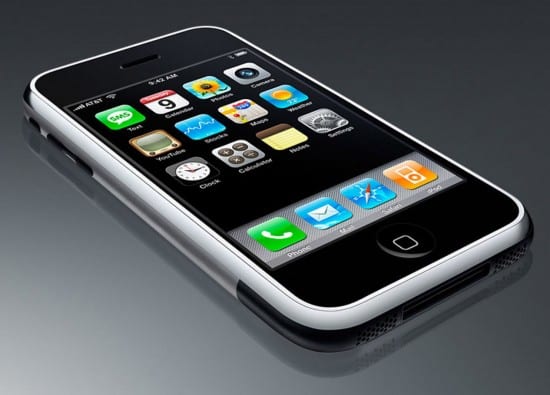
No other product in Apple history has fundamentally changed an entire industry the way the iPhone did. (Well, that’s exactly not true. See #2.) Before iPhone, there was no such thing as a “touchscreen” cell phone, a “smartphone,” or even “apps.” Primitive cell phones could make calls, take photos, and play a little music, but not much else. I’ll never forget the keynote event where Steve Jobs promised to “make history today” by introducing three different products — a telephone, a media player, and a mobile Internet device — before revealing that this wasn’t three products but one. The iPhone revolutionized the modern phone with a slick interface, a fully touchscreen design, and a perfect integration with the new App Store, where hundreds of thousands of apps appeared virtually overnight. The iPhone not only changed telecom, it created an entirely new industry to go with it: the highly lucrative app business.
2. iTunes (2001)
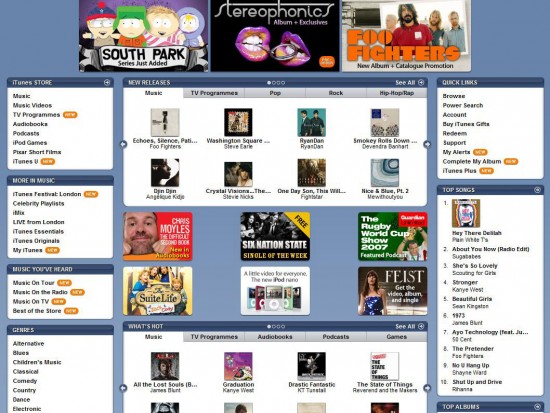
At a time when Napster was knee-deep in endless legal battles and illegal song downloads had the music industry in panic mode, Apple did what it does best: anticipate where technology is headed and get there first. iTunes showed that consumers were more than willing to buy the music they were downloading — they were just waiting for someone to make it available. Over the next ten years, iTunes would go on to completely redefine the music industry and become its most important player (by far). Where music was once dominated by CD sales, it soon became defined by “iTunes sales.” Charts, release dates, and sales numbers now revolve around iTunes. Over the years, iTunes has grown into a bloated piece of software housing TV, movies, apps, ebooks, and more. It’s in desperate need of a makeover, but it’s still one of the most important innovations in technology history.
3. iPod (2001)
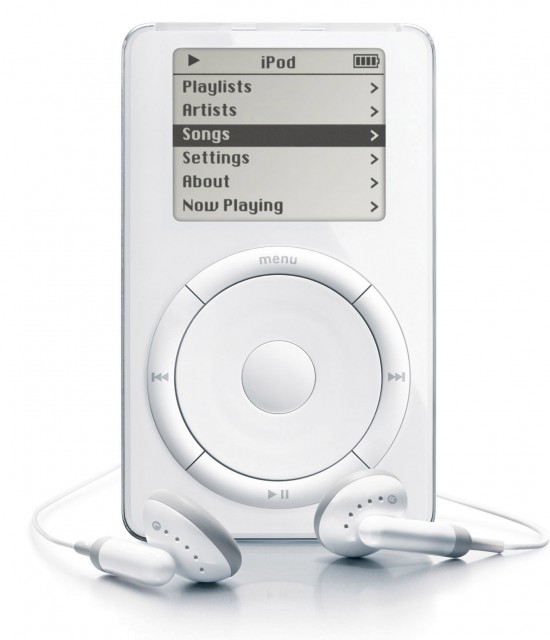
In conjunction with iTunes, the iPod became the defining music player for a generation. The ability to hold thousands of songs in your pocket was just too enticing to resist, a capacity enabled by coming up with a completely new use for a hard drive. The iPod wasn’t the first hard drive-based music player, but it was certainly the coolest, with its iconic “click wheel” that was basically a circular trackpad. The device became so strongly identified with the kind of gadget it was that it became the de facto name for all digital music players.
4. iPad (2010)
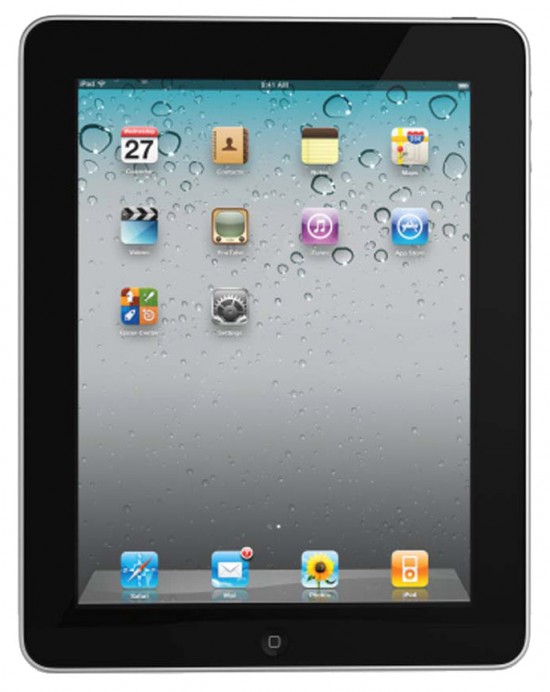
I firmly believe that when all is said and done, the iPad is going to reign supreme as the #1 most revolutionary product Apple has ever released, but it’s less than two years old in 2011, so it would be premature to give it that top spot so soon. It’s already changed mobile computing, though, with competitors popping up all the time (and subsequently dying) that blatantly mimic its look and feel. The iPad has tapped into something rudimentary, at the very core of what “futuristic” computing is like, in the minds of us all, and it truly is just in the infancy of what the future of computing will be. It’s selling like crazy, and already it’s being adopted by hospitals and colleges and other institutions, in addition to consumers. I’m convinced it’s destined to be the most popular mobile gadget of all time.
5. PowerBook G4 (2001)
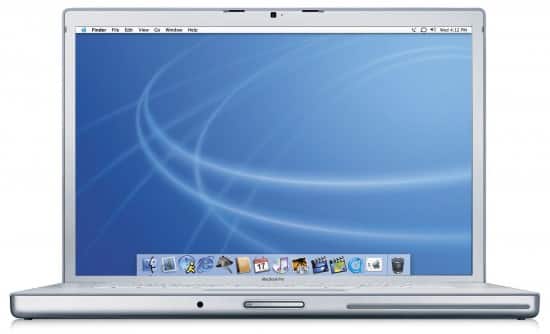
Apple’s first portable computer redesign after Steve Jobs’ return to the company was not only game-changer, it marked the start of the modern laptop revolution. Gone was the blocky, bulky eyesores of yesteryear, with their painfully slow performance and limited abilities. With the arrival of the PowerBook G4, thin was officially in for the first time, along with a lightweight, titanium body, built-in WiFi, a DVD slot, and most importantly, not having to sacrifice performance for portability. The G4 was every bit as powerful as its desktop brethren, and it’s influenced the design of every laptop that came after — by every computer maker in the world. To this day, every other manufacturer in the world takes its cues from Apple, and that trend can probably be traced back to the PowerBook G4.
6. Macintosh (1984)
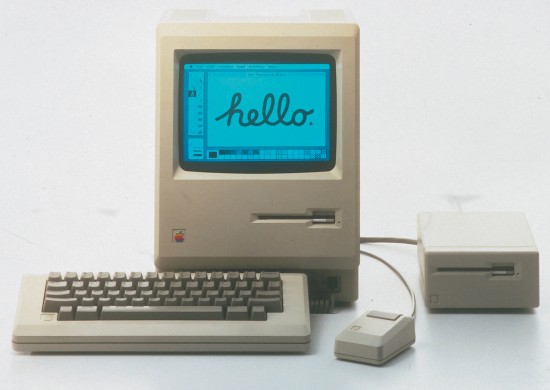
Windows users think that Microsoft is responsible for pretty much all of the conventions of modern computing that we take for granted. Not true. Take the GUI — Graphic User Interface — for example. The world’s first GUI-equipped consumer computer was the Macintosh; before that, it was all about the command line. In addition, the Mac is credited with popularizing the mouse, which was a requirement for interacting with that GUI. These two things quickly became standards for every subsequent desktop computer made. The Mac is also well known for its debut, a moment in time when Apple famously thumbed its nose at Microsoft with a legendary Super Bowl commercial that was directed by Ridley Scott.
7. Apple II (1977)
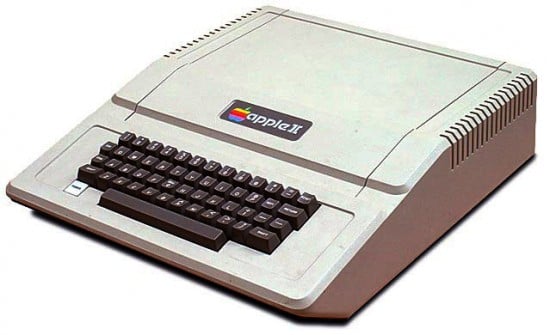
You can’t understate the significance of the very first “first” from a company defined by firsts. At a time when computers were big, unsightly things with cords going everywhere and cobbled-together innards, the Apple II was the world’s first all-in-one computer, daring to marry form with function by introducing something entirely new to the world of computing: aesthetic appeal. Designed by the Woz himself to resemble a sleek typewriter with an easily removable top, the Apple II became the foundation for every product Apple would release over the next 30+ years, as well as the longest-in-production device in Apple history, thanks to its many subtle upgrades. From its debut in April ’77 to the IIe’s production end in November ’93, it lived a very full life for an unheard of 16+ years.
8. QuickTime (1991)
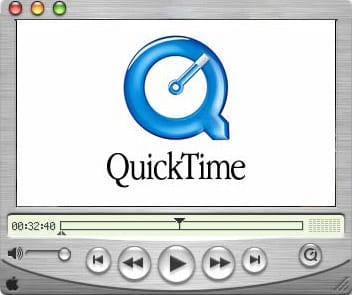
It’s the quintessential media viewer, from a time before media viewers were cool. It’s been largely superseded today by iTunes, but its very creation is a pivotal moment for both Apple and the entertainment industry. Because today it’s the standard for digital video, the vehicle by which most of us watch movie trailers, downloaded movies and TV shows, and more. Although it’s primarily associated with video, when it began it was the first media viewer capable of handling numerous formats of imagery, audio, panoramic photos, and interactive applications.
9. iMac (1998)
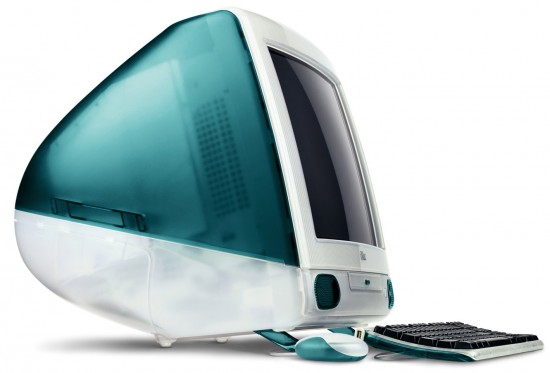
When Steve Jobs returned to Apple, he needed to rescue a company that was headed straight for bankruptcy. His strategy was to go back to basics by introducing an affordable desktop computer that once again innovated with aesthetics while providing respectable computing power. The very first iMac, with its spectrum of opaque color choices, broke the mold of the “beige box” with an all-in-one computer that was perfectly tailored for using the Internet (hence the “i” in the name). It was also the first Mac to ditch the floppy disk drive in favor of a USB port. It became particularly popular on college campuses, and you can easily track its evolution from the clam-shell design of ’98 up to the sexy, flat, titanium models that the company produces today.
10. Final Cut Pro (1999)
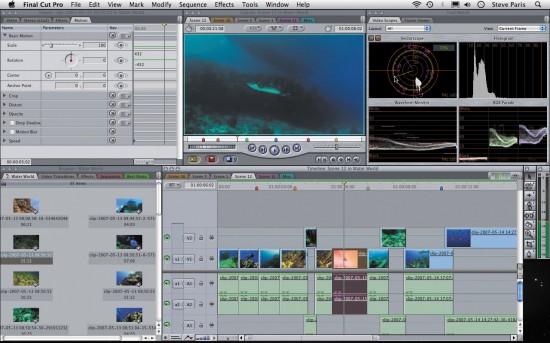
The Final Cut family of products brought professional-level film editing to the masses at a fraction of the cost, enabling an entire generation of fledgling filmmakers to bypass Avid altogether and still compete with the big dogs. Despite a stumble on Apple’s part with the release of Final Cut XÂ this year, the software has become a favorite of many a modern moviemaker, with even big-screen, big-budget films owing to its editing prowess. Its list of credits include Cold Mountain, Corpse Bride, 300, No Country for Old Men, Enchanted, The Curious Case of Benjamin Button, and many more.




2 thoughts on “10 Apple Products That Changed the World”
nice things that will change world…..